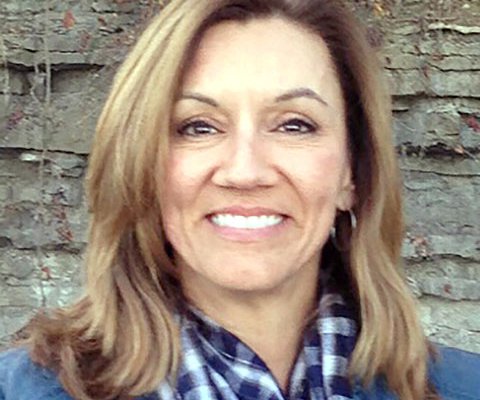It’s been 7 months now since the COVID-19 pandemic began. At this point you may be feeling “caution fatigue”, that feeling of being numb to the effects the pandemic is having and the precautions we need to take. Perhaps you’ve noticed you’re not practicing physical distancing as strictly as you did a few months ago, or maybe you’ve lightened up on wearing your mask. It is hard to learn, and to keep up new habits, especially in this difficult time. However, right now is the time to stay steadfast in taking action to prevent the spread of COVID-19.
The recommended precautions to prevent the spread of COVID-19 are what help keep schools open, people at work, and individuals as well as communities healthy. These precautions have been echoed for months now, but it’s important to understand why we have them and how they help prevent the spread of COVID-19.
COVID-19 is thought to primarily spread among people who are in prolonged close contact with one another. What does this mean though? “Close contact” is defined as being within 6 feet of another person for more than 15 minutes, this 15 minutes can be all at one time or cumulatively over a 24-hour period. So, if you’re within 6 feet of another person for more than 15 minutes and they’re infectious and have COVID-19, you could develop the virus as well. Contact tracers use this definition to determine close contacts of individuals who test positive for COVID-19. People with COVID-19 can spread the virus before they know they’re sick, so anyone that was within 6 feet of the person who tested positive for more than 15 minutes in the two days before symptoms started, or since symptoms started would be considered a close contact. These close contacts would then need to quarantine for 14 days after their last exposure. Staying at least 6 feet away from the people you encounter can help protect them from getting sick, as well protect yourself from getting sick (and having to quarantine).
When people are in prolonged close contact, they may come into contact with the respiratory droplets of another person. These respiratory droplets can contain viruses like COVID-19. The droplets leave a person’s mouth and nose when they talk, sing, cough, or sneeze. If these droplets land in the mouth or nose of people nearby they can become infected with a virus in the respiratory droplets. This is where mask wearing becomes important — wearing a mask can help prevent these droplets from traveling as far as they might usually. If an individual who has COVID-19 is wearing a mask and staying at least 6 feet away from other people, their respiratory droplets should not reach other people.
Physical distancing and mask wearing are proven ways to help prevent the spread of COVID-19 if you need to be around other people. However, limiting contact with people outside of your household is also an effective way to prevent the spread of COVID-19. Keeping your circle small reduces the number of people that you come into contact with, thus limiting your potential exposure to COVID-19. Contact tracing has shown that gatherings among people from different households can lead to the spread of COVID-19 among many people. This spread goes beyond the people at a gathering; those who become infected at the gathering can spread COVID-19 to others like their family or co-workers.
It’s especially important to stay home if you’re feeling un-well. You may think “it’s just a cold” or “it’s just allergies”, but COVID-19 can look different for everyone, and even mild symptoms like a runny nose or headache can actually be from COVID-19. Some people with COVID-19 report feeling “off”, so be sure to pay attention to how you’re feeling each day. Going out when you’re feeling sick poses a risk for those you come into contact with to get sick as well. It’s better to be safe than sorry, and to get tested for COVID-19 if you’re having symptoms. To learn more about how to get tested at a Green County COVID-19 testing event visit gcpublichealth.org.
It is understandable to be tired of dealing with the COVID-19 pandemic. The past 7 months have been hard. But, the pandemic isn’t over and we all need to participate in preventing the spread of COVID-19. Please keep these preventative measures in mind every day. Together, we can keep Green County a healthy place to live, work, and play.
— Bridget Craker is the Public Health Educator for the Green County Public Health Department and can be reached at bcraker@greengountywi.org or 608-328-9509.





